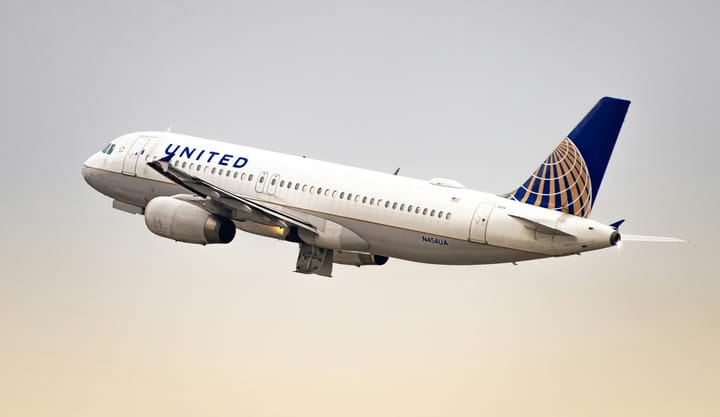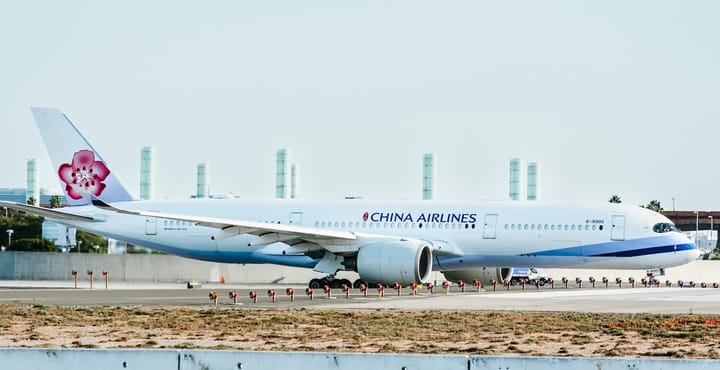By aligning high-density Airbus operations with targeted European demand, easyJet has reshaped its network efficiency. Load factors nearing 90% and over 1,000 active routes reflect not just recovery—but a recalibrated short-haul model focused on capacity precision and fleet agility.
1. Total Passengers Carried
easyJet's yearly passenger numbers show just how big the airline’s gotten in Europe’s budget flying space. By FY2024 (ending Sept 2024), it carried around 89.7 million people. Most of the network's built around UK airports, where strong demand for holidays (and some biz travel too) keeps things moving. Back in FY2019, before COVID messed everything up, easyJet had carried 96.1 million. That growth was coming from more routes and rising market share in its core regions.
But then COVID hit hard. In 2020, travel bans and restrictions knocked traffic down to just 59.2 million—a huge 66% drop from the year before. That crash showed how vulnerable easyJet was to outside shocks. Flights were slashed, demand disappeared overnight. Still, parts of the business like easyJet Holidays helped cushion the blow a bit.
Things turned around when travel came back. In 2022, traffic climbed to 76 million and then 85.1 million in FY2023. That jump was mostly thanks to all the pent-up demand and quick route restarts. In fact, during the first half of FY2023, passenger numbers jumped 41% year-on-year. By 2024, the airline kept growing—up another 7% to hit 91 million. This came from strong short-haul leisure demand and packed schedules on top routes.
Alongside these rising volumes, the network also kept expanding. New bases popped up—like Birmingham in 2023—helping boost capacity. FY2024 saw 100.4 million seats flown (up from 92.6 million the year before). The airline also leaned harder into easyJet Holidays, offering more bundled trips. With passengers back in big numbers, easyJet returned to profitability too—posting a £602 million pre-tax profit in FY2024 and bringing back dividends.
2. Available Seats (Total Passenger Capacity)
"FY" refers to its Fiscal Year — a 12-month reporting period that typically runs from October 1 to September 30. For example, FY2025 covers the period from October 1, 2024, to September 30, 2025. This timeline is used to report key metrics like passenger numbers, fleet size, and revenue.
Seat capacity basically tells how many people an airline could fly if every seat was filled. easyJet manages this using its Airbus fleet. Back in FY2019, it flew 105 million seats with 308 planes. That was 10% more than the year before, mostly from adding aircraft and flights in busy vacation periods.
But then came the pandemic. In FY2020, seats dropped by nearly half—just 55.1 million. The next year was worse: only 28.2 million seats. ASK (available seat-kilometres) fell from 116 billion to 62 billion in 2020. They grounded most of the fleet, retired older jets, and trimmed the network hard. While that saved some money, it left a lot of idle planes waiting for recovery.
When flying picked back up, so did seat numbers. FY2022 hit 81.5 million, and 92.6 million followed in FY2023. By FY2024, it reached 100.4 million—finally beating the pre-COVID numbers. ASK climbed too, with 113.3 billion in FY2023 (compared to 97.2 billion before the pandemic). A lot of this came from bringing older jets back online and taking new A320neo deliveries. Those neos can carry 6 more passengers per flight, boosting capacity even more.
Fleet planning played a big role here. easyJet uses different Airbus models to match route demand. The A320s got retrofitted with “Spaceflex” cabins to add 6 extra seats. Smaller A319s are used on less busy routes. By FY2024, the fleet had grown to 347 aircraft (from 336), flying to over 1,099 routes across Europe and North Africa. That flexibility helps fine-tune supply to demand—key for better revenue and aircraft use.
3. Passenger Load Factor (%) Analysis
Once travel came back, so did easyJet’s load factor. It hit 85.5% in FY2022, then 89.3% in both FY2023 and FY2024. Summer 2022 even saw some flights above 90%—the first time since COVID. Focused flying on high-demand holiday routes and trimming excess capacity helped fill more seats.
This uptick also lifted revenue. In H1 FY2023, easyJet flew 37.9 million seats (up 25% year-over-year) and carried 33.1 million passengers—pushing LF to 87.5%. By Q4 FY2023, it was 91.6%. More passengers per flight means more money per seat: for instance, in early 2023, RPS (revenue per seat) hit £66.46. They also made smart schedule tweaks—like trimming some Gatwick flights during strike disruptions—to avoid flying half-empty.
Keeping LF close to 90% is a key part of easyJet’s playbook. The airline tries to keep planes full—using smaller aircraft on low-demand routes and adjusting frequencies. Industry watchers see LF as a big efficiency metric. The recovery to near-90% in 2022–2024 shows strong planning and solid demand. Even with rising costs, that kind of seat-filling efficiency is what keeps easyJet’s unit revenues competitive and its low-cost model working.




Comments ()